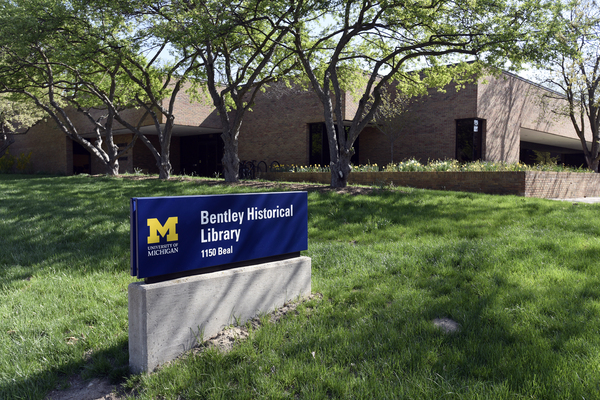Search Results
Administrative Files
The Administrative Files series includes records of the foundation, organizational structure, and operation of the International Neighbors. The Annual Meeting Reports and Minutes provides a year-by-year summary of the major activities and concerns of the organization. Two folders of histories include Esther Dunham's account of the organization's beginnings as well as later chronologies and summaries. The Participant-Guests Committee folder is a rich source of statistical information about the number and nationality of the organization's participants. The folder of Presidential Annual Reports fills in the gaps of documentation in the 1990s, when Board Minutes and Treasurer's Annual reports are missing.
Administrative files
The Administrative Files begins with a miscellanea of annual reports, historical information, budget data, and correspondence. Within this grouping is a file entitled "Organizational and Historical" containing materials from the period 1982-1992. This file includes an agency history from 1982, lists of board members spanning WMEAC's entire history, information about WMEAC affiliate organizations, statements of objectives, and of special interest, a strategic plan authored by the board which projects WMEAC's future direction and major goals for the period 1992-1996.
Among the most significant files in the Administrative series are: Board of Directors files, Executive Director files, Assistant Director file, Administrative Staff files, and Engineering/Planning Coordinator files, and Program Staff files.
Administrative Files
The earliest records within the St. Mary Chapel administrative files series are fragmentary and incomplete. For the years 1921 to 1942, the only surviving documentation are three volumes containing listings of Sunday pulpit announcements. There is greater information for the period since 1942, including correspondence with the archdiocese of Detroit, and correspondence relating to the Gabriel Richard Fundraising Drive. Of interest is correspondence of Father John Fauser between 1967 and 1969, which provides an idea of the changing role of the church and worship format in relation to the social upheavals of the 1960s. The period of 1969 to 1979 is covered in greater detail largely because of the creation of the Chapel Council whose minutes are part of this collection.
Administrative Files
The Administrative Files series documents the Ann Arbor Junior Chamber of Commerce's organizational functions including: executive meetings, finances, membership administration, and correspondence.
Administrative files
Administrative Files consist of bylaws, minutes, correspondence, newsletters, and press releases of the Michigan Conference. Also included are papers relating to the Education Task Force, Legislative Liaison, Political Action Committee, and the 1983 and 1984 state conferences.
Administrative Files
The Administrative Files span the years 1955 to 1986. Files documenting the organization of the provisional League in 1955-1956 are followed by three major sets of files: Annual Meeting Minutes and Reports, 1956-1985; Board Meeting Minutes and Reports, 1956-1985; and a run of the League's "Allen Park Voter" Newsletter, 1955-1986.
Administrative Files
The two main subseries of the Administrative Files, Budgets and Development Correspondence, provide the most notable records in this series. Budgets provides information on the Clinic's financial operations from 1989 to 1995. Correspondence deals almost exclusively with external fundraising for the Clinic and is organized by the individuals solicited. The bulk of these records are from 1990 to 1995.
Administrative Files
The Administrative Files series contains some general information about the program, information regarding the American Association of Nurse Anesthetists' (AANA) accreditation of the program during its later years (1973-1985), an administrative manual from the 1980's, and correspondence. The three bound reports that are included in this series (the Self Evaluation Study, Enclosures to Self Evaluation Study, and Response to Summary Report) were prepared in 1985 as part of the AANA's accreditation process. This series also contains files regarding three important events in the program's later history: the expansion of the program from eighteen months to twenty four months (1975), the proposal for the addition of a Master of Science in Anesthesia (1982-1984), and information regarding the eventual closure of the program in 1987.
